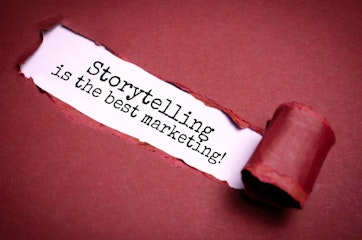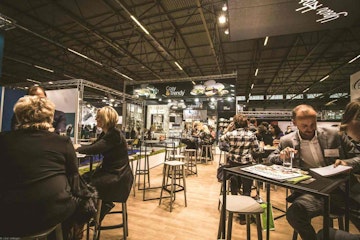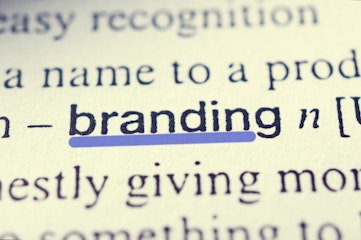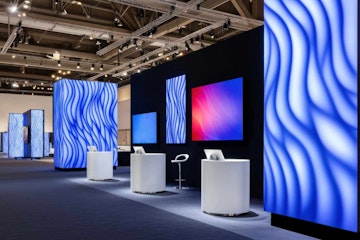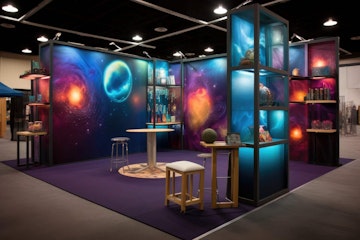Trade shows used to be these weird isolated bubbles where everything happened behind closed doors. You'd rock up, do your thing, pack down, and that was it. But social media has completely flipped that on its head.
These days, the exhibitors who actually make money at trade shows get that the digital side matters just as much as having a flashy stand. Your social presence can pull in people who weren't even planning to visit your booth - and keep the conversation going long after everyone's headed home. Ignore it, and you're basically throwing away half your investment.
Get People Talking Before Anyone Even Shows Up
Here's what most companies get wrong about pre-event social: they treat it like some corporate announcement board. "We'll be at booth 47! Come see us!" Nobody cares about that rubbish.
What actually works? Start digging into who's going and what they're worried about. Spend time in the event hashtags, see which speakers are getting people excited, and jump into conversations that are already happening. Be helpful, not promotional.
Share the stuff that happens behind the scenes - your team arguing over booth layout, prototypes that don't quite work yet, or the third coffee run of the morning. People connect with real humans, not polished corporate messaging.
And here's something worth trying: run LinkedIn ads targeting specific attendees. The targeting options are frankly ridiculous these days - you can narrow down to procurement managers at manufacturing companies with 200-500 employees who live within 50 miles of Birmingham. Use that precision.
Make Your Social Content Drive Real Footfall
Your Instagram posts shouldn't be competing with your booth for attention - they should be working together. Tease experiences that people can only get by actually showing up. New product demos, expert consultations, show-only deals... whatever you've got that requires an in-person visit.
Live polls work brilliantly for this. Ask your followers to vote on which demo they want to see, or get them to submit questions about their biggest challenges. You're building your lead database whilst creating content that people actually want to engage with.
Maybe coordinate with other exhibitors too. Cross-promotion isn't exactly revolutionary thinking, but it works when done properly. Shared hashtags, joint content, that sort of thing. Everyone wins.
Document Everything (But Do It Right)
Most exhibitors are terrible at capturing content during shows. They're trying to work the booth and post updates simultaneously, which means both suffer. Designate someone specifically for social media - it's worth the investment.
Focus on genuine moments of engagement. Packed booth spaces, people actually using your products, positive reactions during presentations. This stuff works as social proof for future events, assuming it looks authentic rather than staged.
Stories are perfect for real-time updates. Quick highlights throughout the day, responding to comments, location tags so nearby attendees can find you. The immediacy creates genuine urgency that gets people moving.
Turn Attendees Into Your Marketing Team
People love sharing experiences, but they need a reason and a framework. Create obvious photo opportunities - interesting backdrops, interactive displays, anything that makes for a decent social post.
Develop a hashtag that's actually memorable. Not #YourCompanyNameTradeShowExperience2024 or some other corporate nightmare. Something short, relevant, and impossible to misspell. Display it everywhere.
When attendees post using your hashtag, reshare it immediately. Nothing validates someone's experience like seeing their content amplified by the company they're visiting. It encourages more sharing and extends your organic reach significantly.
Convert Digital Interactions Into Actual Business
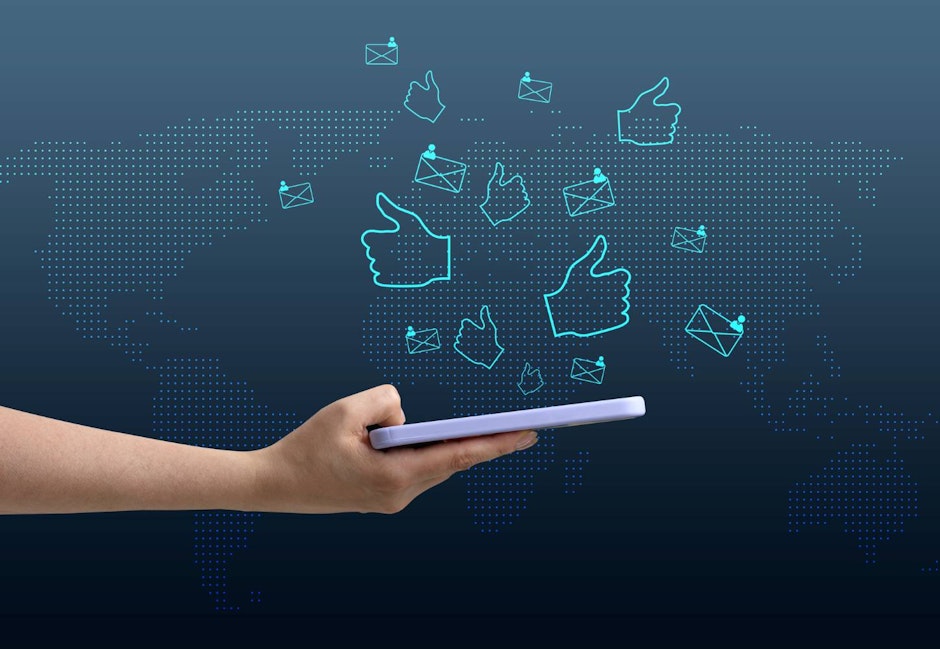
The real value happens after the handshakes. Connect with everyone you meet on LinkedIn, but personalise each request with something specific from your conversation. Generic connection requests get ignored.
Create follow-up content that addresses common questions from the show floor. If ten different people asked about implementation timelines, that's clearly worth a post. You're demonstrating that you listen whilst providing value to your wider audience.
Consider setting up exclusive groups for trade show connections. Private LinkedIn groups or similar - somewhere people can continue conversations and build relationships between events.
Track What Actually Matters
Forget vanity metrics. Followers and likes don't pay the bills. Focus on click-throughs to your website, content downloads, and actual leads generated through social channels.
Monitor hashtag performance and audience growth, but compare engagement rates across different content types. Which posts actually drive booth visits? What resonates with your trade show audience versus your general followers?
Attribution gets messy when social influences offline conversations that turn into sales months later. Set up tracking that connects social engagement to booth visits and subsequent business development. It's complicated but essential.
Make Digital And Physical Work Together
Your social strategy shouldn't exist in isolation from your booth design. Think about how techniques for showcasing customer testimonials at trade shows can work across both digital and physical spaces - testimonials shared online reinforce what visitors see at your stand.
QR codes linking to social content, hashtag displays, live social feeds... these bridge the gap between digital and physical experiences. Visitors appreciate being able to immediately access more information or connect with you online.
Display elements like indoor advertising frames can incorporate social calls-to-action. Visual prompts that encourage sharing or highlight your hashtag help integrate online and offline engagement naturally.
Keep The Momentum Going
Post-event social shouldn't just be thank-you posts and final photos. Use these platforms to continue conversations from the show floor, share resources you mentioned during demos, and nurture leads generated through social engagement.
Create recap content that actually provides value. Maybe you gathered insights about industry challenges during conversations - sharing these observations positions you as someone worth listening to whilst showing you genuinely engage with customer concerns.
Plan campaigns that bridge the gap between events. Regular content that references trade show insights, maintains relationships with new connections, and builds anticipation for future shows maximises the long-term value of your social investment.
The Bottom Line
Social media turns trade shows from one-off events into proper integrated marketing experiences that amplify your investment and extend your reach way beyond the exhibition hall. The companies that get this right treat these platforms as essential relationship-building tools, not optional add-ons.
Success requires actual planning, consistent execution, and integration with your overall strategy. When done properly, social doesn't just support your trade show presence - it multiplies its impact and creates ongoing opportunities that last well beyond pack-down day.

